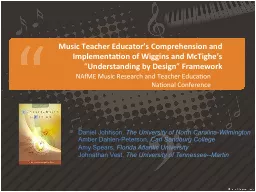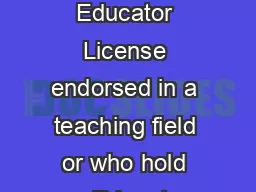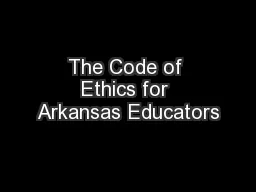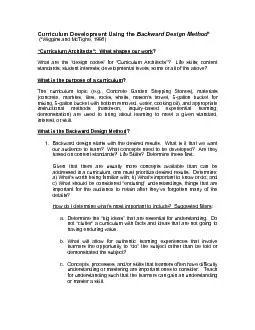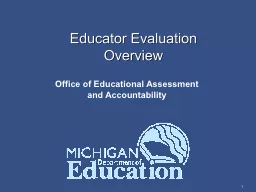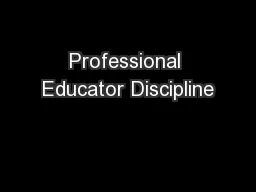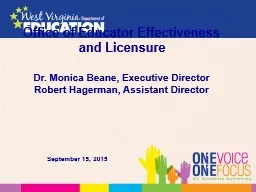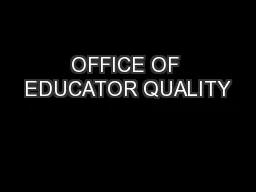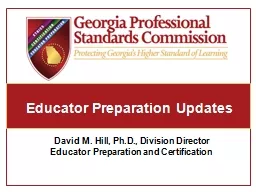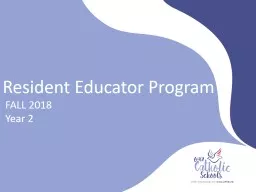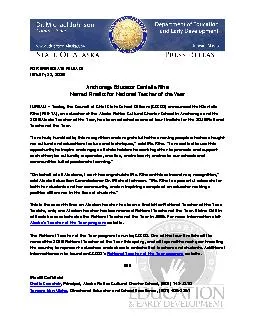PPT-Music Teacher Educator’s Comprehension and Implementation of Wiggins and McTighe’s
Author : sherrill-nordquist | Published Date : 2019-11-02
Music Teacher Educators Comprehension and Implementation of Wiggins and McTighes Understanding by Design Framework NAfME Music Research and Teacher Education
Presentation Embed Code
Download Presentation
Download Presentation The PPT/PDF document "Music Teacher Educator’s Comprehension..." is the property of its rightful owner. Permission is granted to download and print the materials on this website for personal, non-commercial use only, and to display it on your personal computer provided you do not modify the materials and that you retain all copyright notices contained in the materials. By downloading content from our website, you accept the terms of this agreement.
Music Teacher Educator’s Comprehension and Implementation of Wiggins and McTighe’s: Transcript
Download Rules Of Document
"Music Teacher Educator’s Comprehension and Implementation of Wiggins and McTighe’s"The content belongs to its owner. You may download and print it for personal use, without modification, and keep all copyright notices. By downloading, you agree to these terms.
Related Documents

